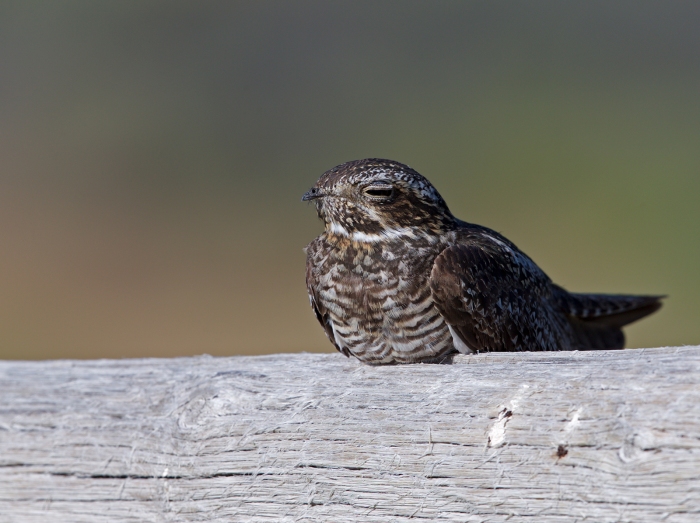WC is back from a week-long trip to the easterly side of the Oregon Cascades, where the scenery is very, very good but services do not include internet. This is the second of several posts from the trip.
WC’s geomorphology professor, back at the University of Oregon, told us one time, “There’s some very interesting geology in Oregon, but it’s buried under a thousand feet of lava.” As WC recalls, he was a visiting professor, because if you don’t like volcanoes and are teaching geology in Oregon, you’re probably in the wrong state. Or the wrong science.
But WC paid attention to more than just geology on his recent visit to the eastcentral Oregon Cascades. While those big mountains cast an impressive rain shadow over the eastern two-thirds of the state, in places they are low enough to let a little bit of rain through. Douglas Fir even prosper in a few areas. That variety of ecozones, which means a variety of birds.

Burrowing Owl, Crystal Crane Hot Springs, Oregon
Crystal Crane Hot Springs is a modest resort on the Harney Basin, northeast of Malheur National Wildlife Refuge. WC and Mrs. WC found it delightful, with at least two families of Burrowing Owls in attendance. Stictly speaking, the Harney Basin isn’t near the Oregon Cascades, but it’s too good a bird not to include. In addition to those pint-sized raptors, there were very impressive numbers of Common Nighthawks.

Common Nighthawk resting on a fence rail, Crystal Crane Hot Springs, Oregon
Nighthawks are usually crepuscular, foraging for flying insects from sunset to drakness. This bird, resting here, was hunting in daylight, presumably to feed chicks.

Common Nighthawk hunting, Crystal Crane Hot Springs, Oregon
It’s not a very good photo, but it documents the daylight hunting behavior. Nighthawks in flight have highly erratic flight, making them difficult to follow with a big lens. The usual forest birds were around.

Steller’s Jay, Little Crater Campgound, Newberry Caldera, Oregon

Pine Siskin with fledgings, Paulina Lake, Newberry Caldera, Oregon
Pine Siskins are pretty ordinary, but WC had never seen one foraging and feeding its young with bugs snatched from a lake’s highwater line.

Common Mergansers, Lava Lake, Oregon
One of the biggest surprises was finding large rafts of Common Mergansers cooperatively foraging in the lakes in the area. Some of the rafts of birds had as many as 60 birds, almost all females and juveniles. Mergansers are fish-eating, diving ducks. WC had never before seen them in such large numbers.

Brewer’s Blackbird juvenile, Lava Lake, Oregon
Another, lesser surprise was finding Brewer’s Blackbirds at 7,300 feet. Not just present, but successfully breeding. WC thought of them as a farmstead and maybe suburban species; these birds didn’t seem to have gotten the memo.
This wasn’t a birding-focused trip; on a good day, we might see as many as 18 species. Unimpressive. But still fun.

Sunset at Lava Lake; South Sister in the background, the top of Broken Top to the lower right



Thanks for sharing your field notes. We have also come across large rafts of common mergansers on a few lakes in SW Montana this year and is something we have not encountered in the past. Somewhere between 30-40 in number and as you observed feeding cooperatively and all females or juveniles.
LikeLike
Reblogged this on Wolf's Birding and Bonsai Blog.
LikeLike